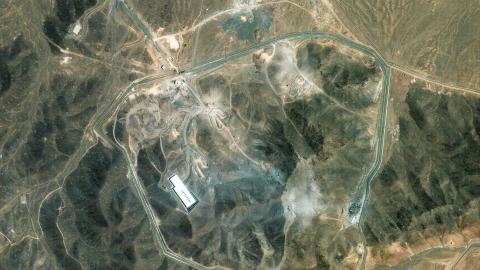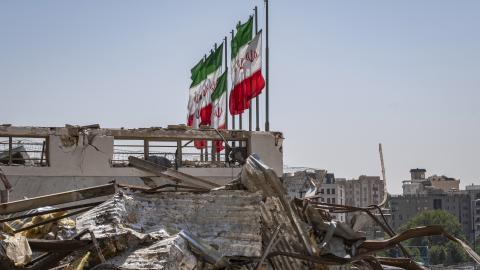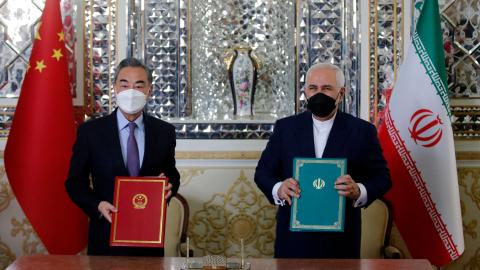Not a week passes, it seems, without a big-picture thinker releasing a big-picture book or giving a big-picture sermon describing the gradual eclipse of US hegemony in Asia. True, US power will inevitably decline in relative terms as Asian giants such as China and India rise. But, at least as far as Asia is concerned, arguments about the end of US hegemony ring hollow.
For one thing, the US was never a hegemon in Asia. Only some US post-Cold War triumphalists thought it was. The nature of US power and the exercise of its influence was always much more clever and subtle than most assume. In fact, as India and China rise, the US could actually find itself in a stronger position.
How can this be? After all, power and influence are built on the back of economic success. The Chinese economy has been doubling in size every 10 years since 1978. The Indian economy has been doing the same since 1991. In contrast, it takes about two decades for the US economy to double in size. Doesn't this surely mean that Asia is rushing toward a state of multi-polarity a configuration of roughly equal great powers balancing against each other while US influence is on the wane?
The seemingly obvious conclusion would be true but for the fact that Asia has a unique kind of hierarchical security system that came about partly by accident and partly by design.
No power can be preeminent if it cannot maintain its military advantage over rivals. Yet, despite the fact that the US spends more on defense than the next 10 powers combined, it has never been a regional hegemon because it actually relies on the cooperation of other states to remain predominant.
Without cooperation from allies such as Japan, South Korea, Singapore and the Philippines, the US could not retain its forward military positions in the West Pacific. Likewise, the US needs the cooperation of Indonesia, Malaysia and Thailand to host its critical radar infrastructure.
Moreover, in remaining preeminent, the US requires other key states and regional groupings, such as ASEAN, to acquiesce in its security relationships. Thus, there is broad-based regional approval of US alliances with Japan, South Korea and Australia, as well as with partners such as the Philippines, Singapore, Thailand and India. The key to the effectiveness of these bilateral relationships is that they enjoy widespread support (and thus legitimacy) in the region as stabilizing arrangements. The whole is greater than the sum of its parts.
Combined with the raw military capacity that the US brings to the table, this means that the US is powerful enough to enforce the peace and provide stability for commerce to thrive. The US presence and bilateral partnerships are complementary to Asian states obsession with counter-dominance and non-interference in the region.
This dynamic liberal order largely fair, flexible and open enough to welcome new entrants as they rise will continue to serve Asia well. For example, even China has been a major beneficiary of the public goods provided by the US-led hierarchical system.
This interdependent relationship means that the US is not so powerful, that it can readily ignore the wishes of key states and it is here that its apparent weakness is actually strength. The US is not a Hobbesian Leviathan with absolute authority and power. Indeed, Chinas strategists are frequently puzzled by the lack of balancing that takes place against the US in the region. But it is puzzling only if we characterize Asia as being multi-polar rather than hierarchical.
In fact, any balancing tends to take place in order to preserve the hierarchy, not to replace or supersede it. Other states tend to resist bids by any Asian power be it Japan, China or India to rise to the top of the pyramid. As a foreign-based power, the US needs the cooperation of Asian partners. This keeps the top dog in check. Were an Asian country like China to rise to the top, it would not need the same level of regional cooperation and acquiescence to maintain its position and military footholds.
As China and India rise and Japan becomes more normal, they will balance each other within the US-led hierarchy to ensure that the US remains on top and one or the other doesn't dominate. If China makes a bid for regional hegemony, it will find it difficult to resist the structural constraints placed on it within this hierarchy.
US power is in relative decline, but that is no bad thing. False triumphalism breeds poor discipline. But a sense of strategic vulnerability breeds interdependency, which has always been the key to successful US leadership in Asia.















